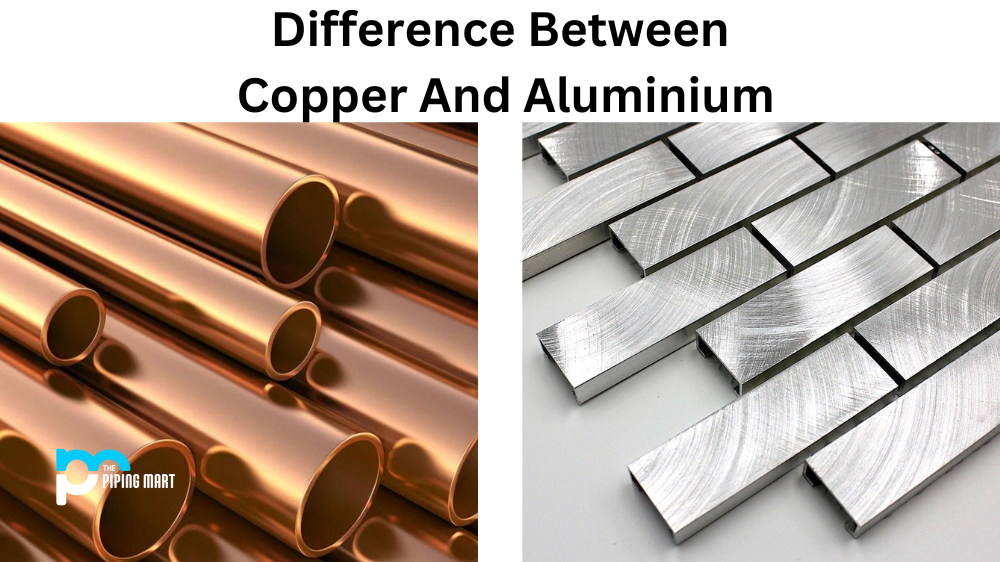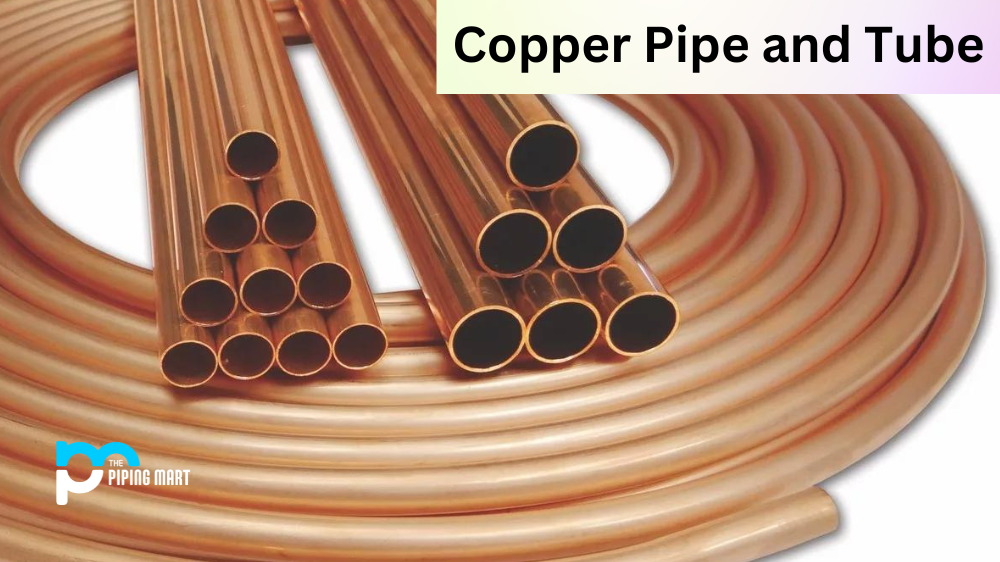During World War II, competition between these two metals heated up. Copper became scarce due to its use in shells and bullet casings. As a result of their similarities, several industries chose aluminum as the closest alternative. Aluminum was plentiful at the time, reasonably priced, and less expensive than copper. As a result, it quickly became the metal of choice for high-power transmission power lines. Almost all transmission lines used by major manufacturers today are made of aluminum.
Even though copper wound transformers are often smaller, there are many debates about which metal performs best, posing the age-old question: “Are aluminum windings better than copper windings?”
What Is Copper?
Copper is a mineral and an element that is extremely important in our daily lives. The Periodic Table of Elements has the atomic number 29. “Cu” is the symbol for copper. It has the malleability, ductility, electrical and thermal conductivity, and corrosion resistance. Because of these properties, it is widely used in industry. Copper can be found in a variety of minerals, including native copper, copper sulfides like chalcocite, bornite, digenite, covellite, and chalcopyrite, copper sulfosalts like enargite and tetrahedrite-tennantite, copper carbonates like malachite and azurite, and copper oxides like cuprite and tenorite.
What Is Aluminum?
Aluminum (Al), also spelled Aluminum, is a chemical element that is a lightweight silvery-white metal in Periodic Group 13. Aluminum is the most common nonferrous metal and the most abundant metallic element in the Earth’s crust. Aluminum is never found in its metallic form in nature due to its chemical activity, but its compounds are found to varying degrees in almost all rocks, vegetation, and animals. Aluminum is concentrated in the outer 16 km (10 miles) of the Earth’s crust, where it accounts for about 8% of the total weight; only oxygen and silicon are more abundant.
Difference Between Copper And Aluminum
Aluminum and copper are useful in the production of wires for electrical conductivity. The primary distinction between aluminum and copper is that copper is a heavier metal with a reddish-orange appearance, whereas aluminum is a lighter metal with a silvery-grey appearance.
How are they made?
Copper is mostly mined using open-pit or underground methods. Open-pit mining, which accounts for roughly 90% of copper production, extracts ores close to the earth’s surface through graduated steps that lead into the earth’s crust.
Aluminum is found in igneous rocks primarily as aluminosilicates in feldspars, feldspathoids, and micas; in the soil as clay; and, after further weathering, as bauxite and iron-rich laterite. The primary aluminum ore is bauxite, a mixture of hydrated aluminum oxides. Crystalline aluminum oxide (emery, corundum), which occurs in a few igneous rocks, is mined as a natural abrasive or as rubies and sapphires in finer varieties. Aluminum can also be found in other gemstones like topaz, garnet, and chrysoberyl. Alunite and cryolite are two commercially important aluminum minerals among many others.
Appearance
Copper is a reddish metal with a cubic crystalline structure that is face-centered. Because of its band structure, it reflects red and orange light and absorbs other visible spectrum frequencies, giving it a nice reddish color. It is malleable, ductile, and an excellent heat and electricity conductor.
Aluminum is a silvery-white, lightweight metal. It is pliable and malleable.
Melting Point
The melting point of Copper is comparatively higher than Aluminum
It is 1084°C (1983°F)
The melting point of Aluminum is 660°C (1220°F)
Uses
Aluminum has unique physical properties. It is a soft and malleable metal. It is, in fact, the second most malleable metal. It is a non-toxic metal as well. As a result, aluminum has a wide range of household applications. Aluminum is used in everyday items such as cans, foil, and kitchen utensils.
Copper is found in electrical equipment like wiring and motors. This is because it conducts both heat and electricity extremely well and can be drawn into wires. It is also used in construction (such as roofing and plumbing) and industrial machinery (such as heat exchangers).

Pipingmart is a B2B portal that specializes in metal, industrial and piping items. Additionally, we share the latest information and information about materials, products and various types of grades to assist businesses that are involved in this business.




